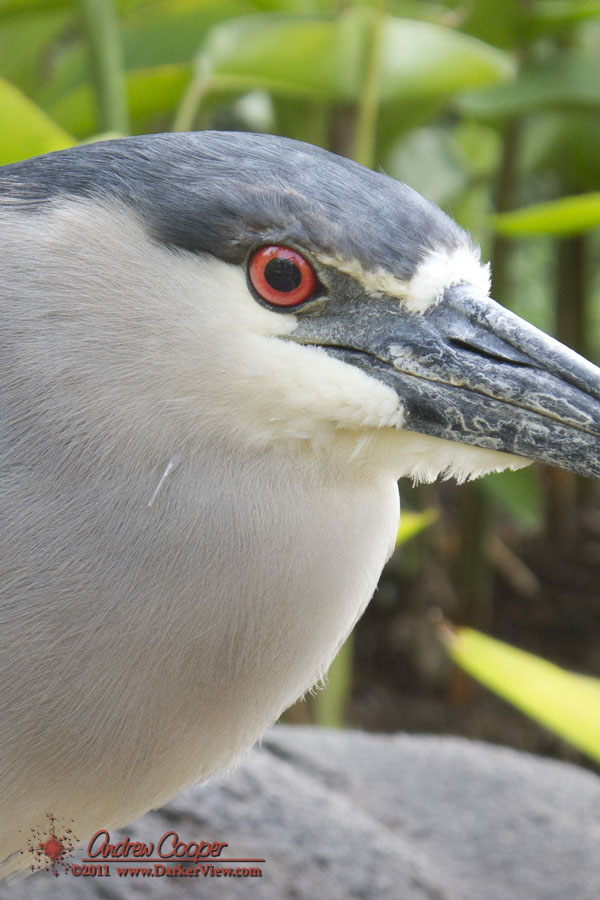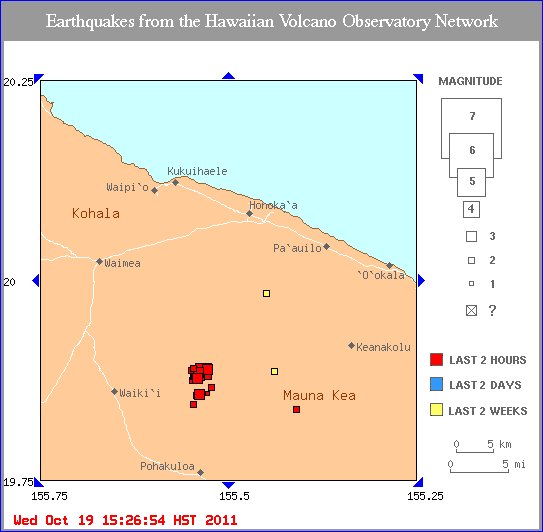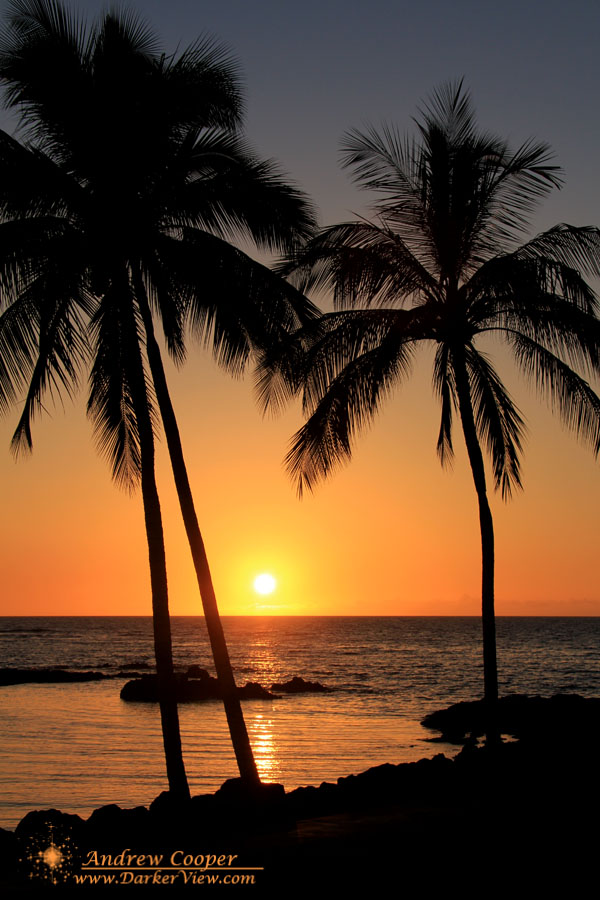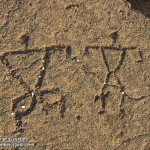Possibly one of the best dive sites in the islands and certainly a favorite with local divers. The reputation stems from two factors, great diving in interesting terrain and easy shore access. The diving here can range from acceptable to spectacular with stunning water clarity and spectacular views of the coral.
View Larger Map
Just north of the cove where you will enter, there is a series of deep canyons into the coral. These start near the surface in 6-10ft of water and descend to 25-30 ft. The result of the canyons are a range of vertical coral walls that reach from near the surface to depths of 20-40ft. At the head of several of the canyons are a series of arch caves and skylights to explore. You can just make out this cave on the Google map at right, just into the reef from the marker.
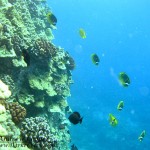 A canyon wall at Puakō End-of-Road dive site with Yellow Tangs (Zebrasoma flavescens) and Raccoon Butterfly Fish (Chaetodon lunula)
A canyon wall at Puakō End-of-Road dive site with Yellow Tangs (Zebrasoma flavescens) and Raccoon Butterfly Fish (Chaetodon lunula)
In our favorite cave a large arch leads into a wide cavern with a skylight. A second arch leads to a smaller cavern, and so forth until they are too small to enter. Look into the side ledges and caves for squirrelfish and sleeping turtles. Much of the interesting diving is shallow allowing for long dives. If you want to go deeper just swim out further from shore as the reef continues to descend.
Reach this site by driving north from Kona on the Queen Ka’ahumanu Hwy to the Puakō turn off. Drive down the main road through town, mostly just homes along the beach, for about three miles to reach the end of the road. The beach access is on the right about 100yds before the road ends in a locked gate to a private estate. The parking area is easy to spot as it will be busy with other divers and locals enjoying the beach. There is a fair amount of space but this place can get busy later in the day, particularly on a weekend. Park under the trees just a few feet from the water, you should not have to carry your gear very far. The map at the right should give you the right idea.
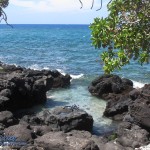
The entry at End-of-Road, Puakō
Most divers enter from the rocks or use the slot into the rock at the north end of the cove. From here you need to swim to the center of the cove over shallow rock and coral (4-8ft) to go around a shallow bar that juts out from the north shore. Once over the bar bear to the north to find the canyons across coral at 10-15ft. A little swim, but very scenic snorkeling along the way.
Avoid use of the site if there is substantial surf across the bars at the north and south side of the cove. These create a stiff outwards current at the center of the cove that can be difficult to negotiate getting back to shore. Just look for the surfers! If they are happy and surfing nice waves, a diver will not be happy.
End-of-Road is a good dive site to consider if the more exposed sites further north or south are problematic with a large swell. The region from Waikoloa to Kawaihae is some of the most sheltered coastline on the island. We often head here during the winter for shore diving, leaving sites like O’oma or Mahukona for the calmer days.

